Dave Rishar
Silver Member
You must have missed the quote marks, and the "in the archives of the Vatican" eh!
No, you said, "NOW in the archives of the Vatican," as if it had not been there for centuries. This may have been what confused me. My apologies.
The testimony I included above from Jean de Chalons is contained in the Vatican Archives under; register Aven, N.48, Benedicti XII, tome L, folios 448-451,
as recorded by official Catholic Church Historian, Heinrich Finke!
I have a somewhat topical question that's slightly personal, so don't answer if you don't want to. Do you speak French?
If I were to postulate that at least some of the Templars lied under interrogation, and that most (or even all) of the Templars had a good reason to lie under interrogation, would you accept this? If you did accept this, would you agree that we should approach a Templar's testimony with the idea that they might have lied, and that we should apply a "trust but verify" approach when evaluating what they said? Before you answer this, remember that even de Molay lied his ass off, and again, I don't blame him for doing so. Breaking under torture is not indicative of a character flaw. He stuck to his guns when they burned him. Whatever he did or did not have, he had conviction. I don't personally believe in anything strongly enough to burn alive for it, but apparently he did - yet he still spoke against those beliefs when he was interrogated. What does it take to make a man do something like that, and what might it do to a lesser man? There's a story here, and while I don't think that it has anything at all to do with Oak Island, I'll bet that it's a good story all the same.
As for Heinrich Finke, I'm going to assume that you meant something other than recorded, as those testimonies would have been recorded centuries before he was born. This translation doesn't jive with the one that I looked at, but my version was in Latin and...well, I don't speak Latin, so it was a struggle. I may have made a mistake. I'd consider it a personal favor if you could tell me which of his publications (as there were many!) that this was published in, as I'm very curious about the discrepancy and I'd like to research this further.
I'm also interested in addressing those mooring stones again. Something bothered me about them and I did some poking around. I can't say for sure what they were for, but I'm now fairly certain about what they were not for. I don't believe that they're relevant to unusually early European visits, but I don't like not knowing why something was made. We should kick this one around a bit.



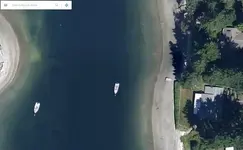

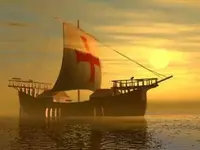
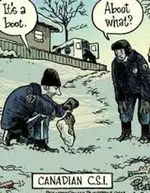
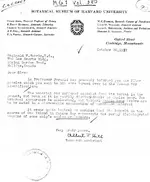
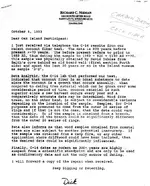
 I thought I was the only one.
I thought I was the only one.